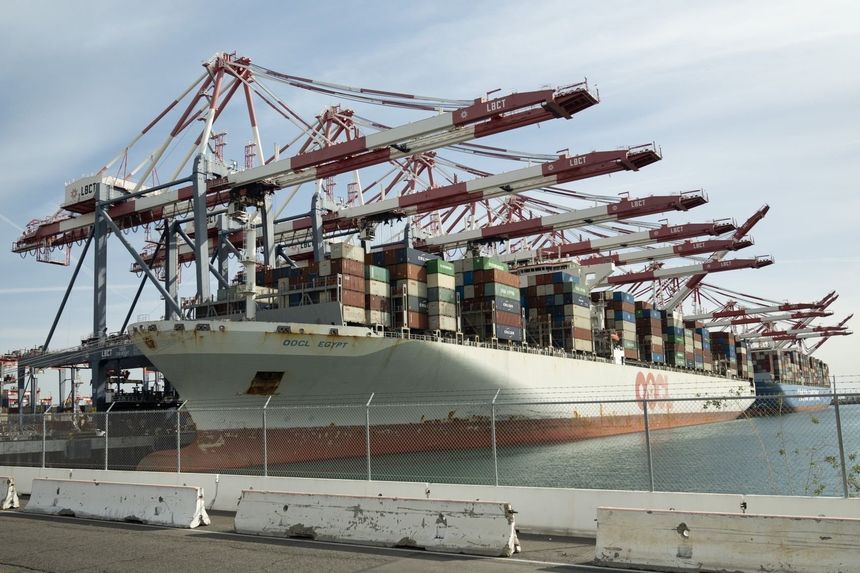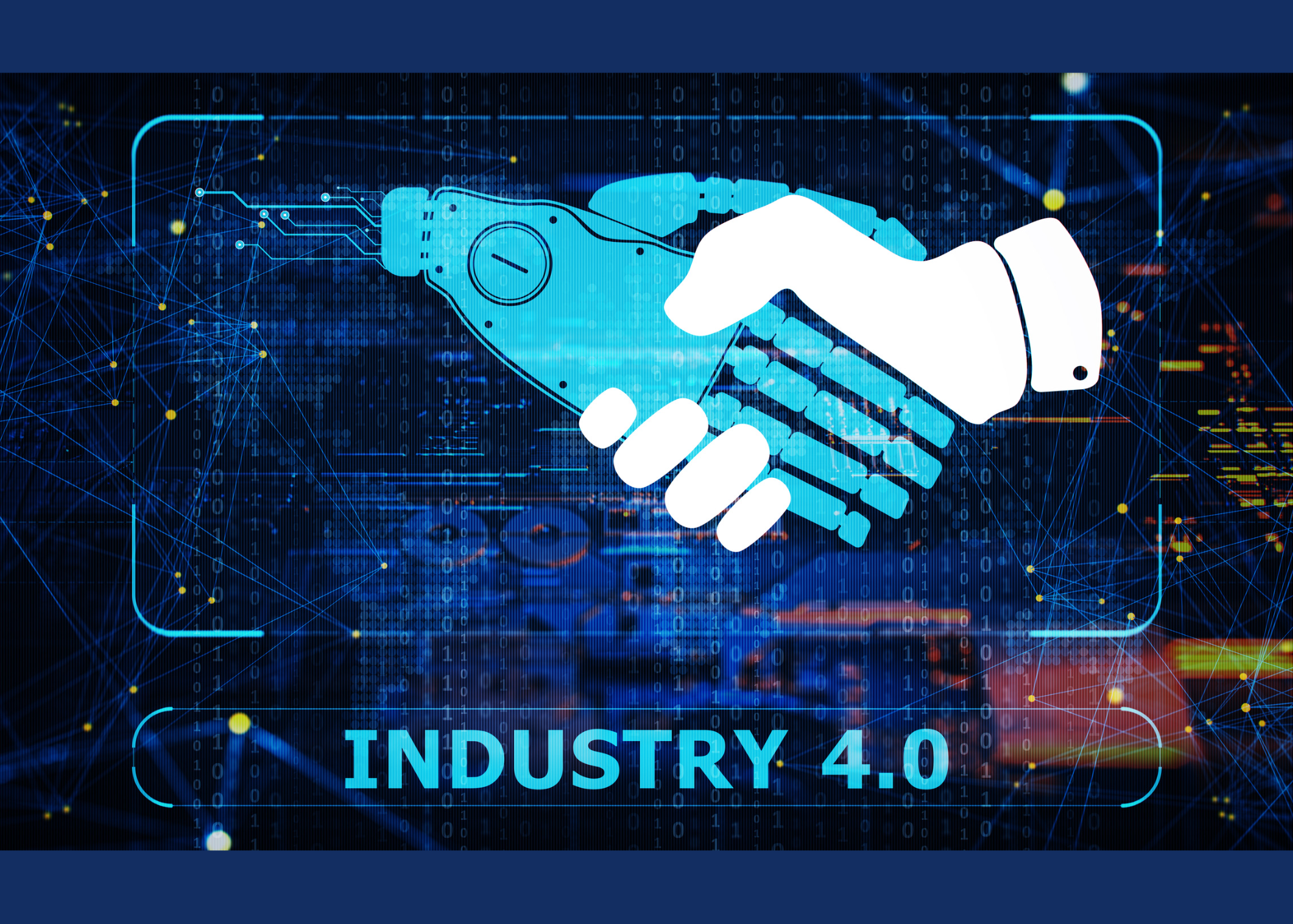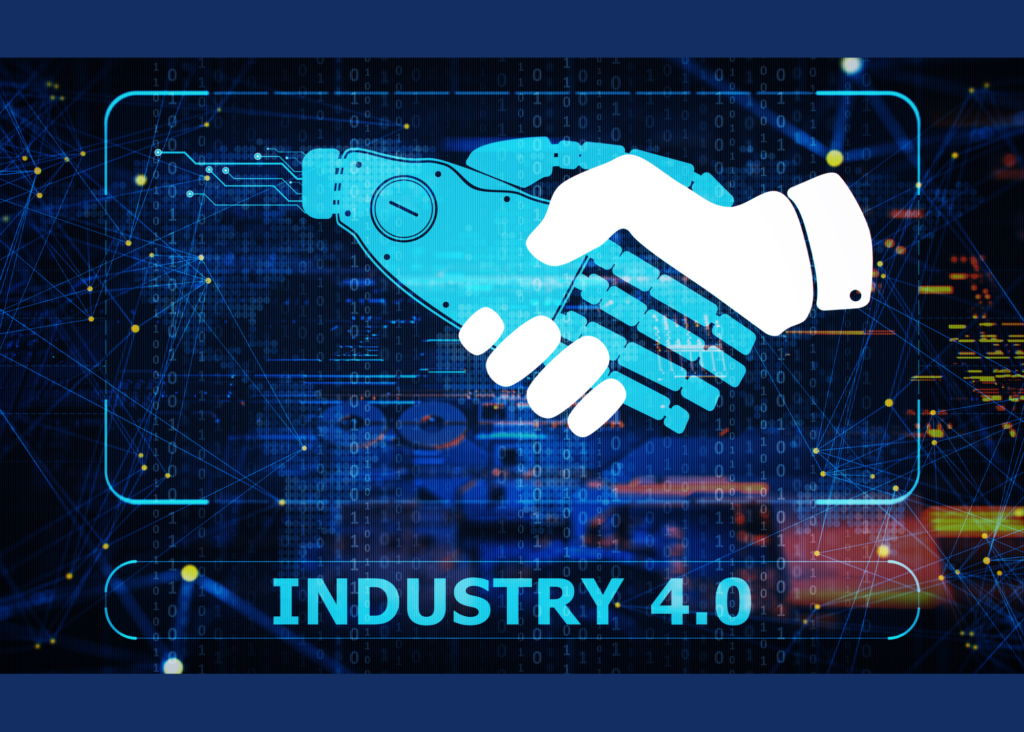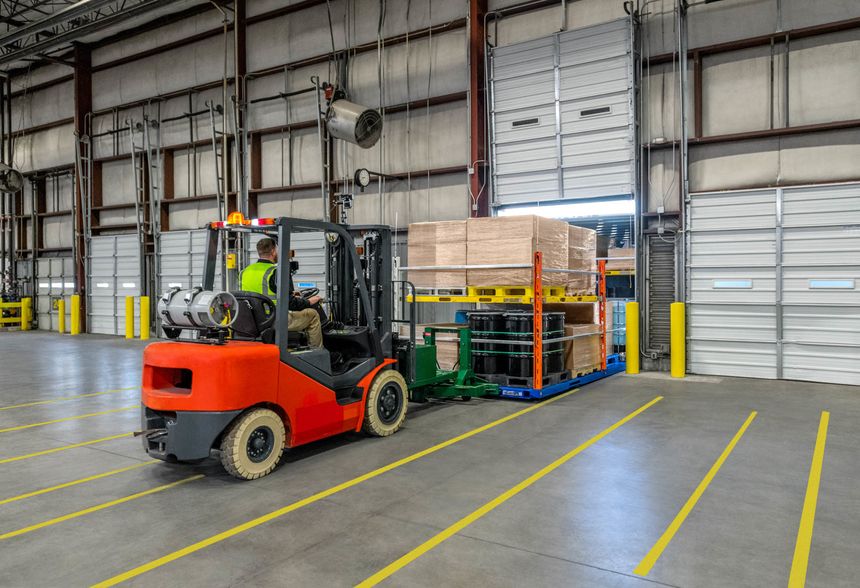Retailers Reaping Big Savings on Ocean Transport Costs

Retailers Reaping Big Savings on Ocean Transport Costs
Ocean container transport prices and negotiations at the moment. The shipping prices have fallen towards pre-pandemic levels, and companies are delaying signing annual contracts to negotiate even further discounted rates, resulting in significant savings for retailers on ocean container transport. As a result of a steep drop in cargo that began in the fall of 2022 and has continued into 2023, ocean carriers are having a difficult time filling their ships. Due to a decline in shipping demand, retailers have overstocked, and spot market rates have fallen by more than 90% from pandemic-era highs.
The article written by Paul Berger from WSJ on this matter:
Retailers are gaining huge savings on ocean container transport as once sky-high shipping prices tumble toward prepandemic levels and companies delay signing annual contracts so they can bargain rates down even further.
The average price for Asia-to-U.S. container trade has “fallen as dramatically as we’ve ever seen it fall,” said Jon Cargill, senior vice president and chief financial officer of Hobby Lobby Stores Inc.
Importers and container lines typically conclude agreements for the fall shipping season, when retailers stock up on consumer goods, by mid-April for contracts that take effect May 1. Companies say they are negotiating in a far different environment from last year, when retailers looking to replenish depleted inventories rushed to sign deals and paid record amounts to secure scarce space on container ships.
“In 2022, it was beg, borrowing or stealing to get a meeting with an ocean freight liner,” said Michael Shaughnessy, senior vice president of operations and supply chain at Christmas tree seller Balsam Brands Inc. “Everyone wanted to talk to us this year.”
Mr. Shaughnessy said Balsam Brands expects to sign contracts in the coming weeks at a discount of about 75% compared with last year’s prices and roughly in line with 2019 rates.
Ocean carriers are struggling to fill space on ships after a steep drop-off in cargo that began in the fall and that has continued into 2023. Retailers ended up overstocked in the second half of last year as consumer spending shifted, and many are still coping with excess inventories.
Spot market rates have crashed more than 90% from pandemic-era highs as shipping demand has declined. The average spot rate to ship a container from Asia to the U.S. West Coast as of Thursday was $1,289, according to Norway-based transportation data specialist Xeneta, about $668 lower than the contract price.
For a midsize importer bringing in thousands of boxes a year, the wide gap can translate into millions of dollars in annual savings.
Kaitlyn Glancy, head of North America for digital-focused freight forwarder Flexport Inc., said companies that value reliability of cargo flow and consistency in pricing are willing to commit a portion of their imports to rates fixed to contracts. But Ms. Glancy said many of Flexport’s customers are still sitting on inventory that cost $20,000 a box to import last year and are willing to play the spot market to boost profits.
“What we’re hearing more and more is the customer is saying, ‘Look, cost is still king for us,’” Ms. Glancy said.
Some shippers say they aren’t clamoring to sign a contract because they have no fear of securing space on ships in the coming months.
Ocean carriers are starting to take delivery of container vessels ordered during the pandemic when demand for cargo space surged 20%. Yet demand for space on ships today is low.
U.S. container imports in February were down 25% compared with 2022 and 0.3% lower than February 2019, according to Descartes Datamyne, a data analysis group owned by supply-chain software company Descartes Systems Group Inc.
Xeneta Chief Executive Patrik Berglund said some shippers are drawing out talks to the last possible minute, or going beyond traditional deadlines, as spot rates continue to fall and drag down contract rates.
Mr. Berglund said many carriers opened negotiations with customers by seeking about $4,000 to ship a container on routes linking the Far East to the U.S. West Coast. The average contract rate to ship a box on those routes as of Thursday was $1,957, according to Xeneta, 71% lower than the same time last year.
“And it’s still sliding downwards,” Mr. Berglund said.



